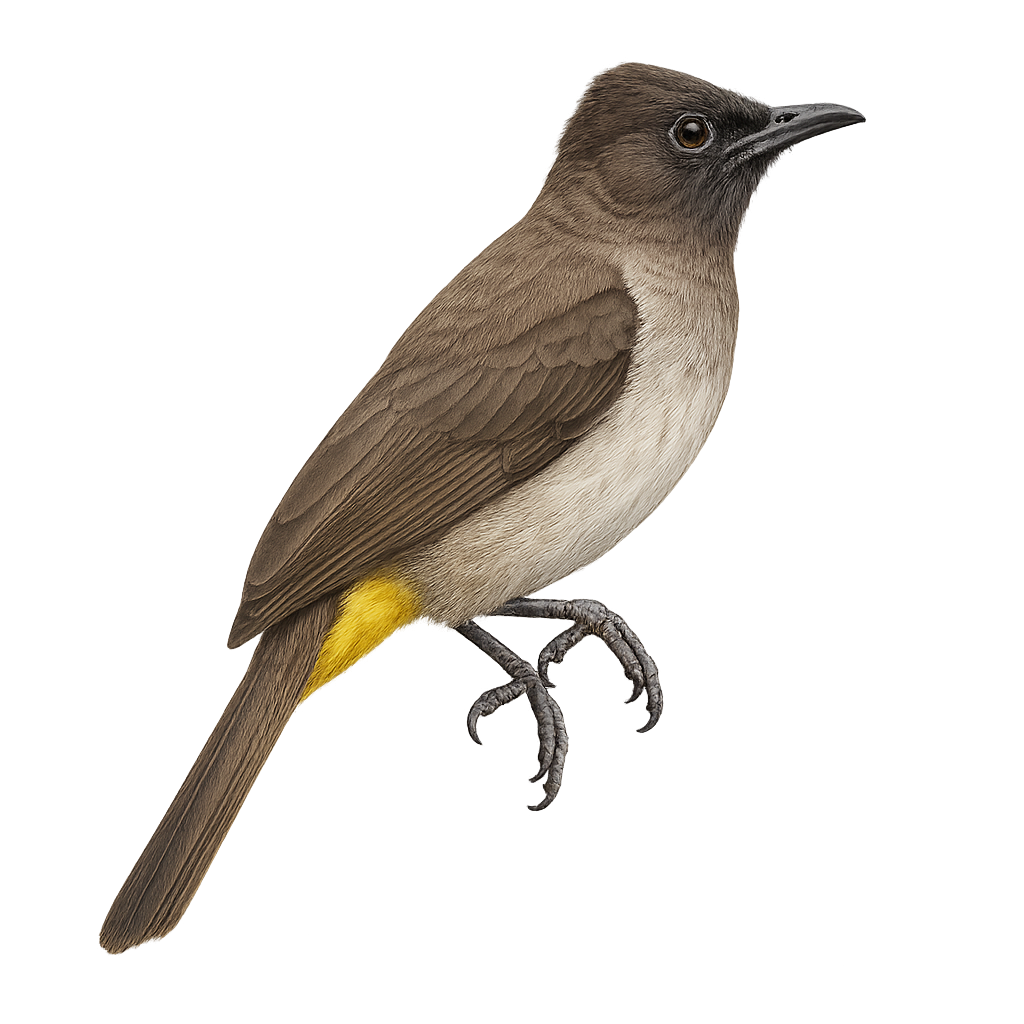Your wildlife photography guide.
Explore the common bulbul in detail, study its behavior, prepare your shots.
Where to observe and photograph the common bulbul in the wild
Learn where and when to spot the common bulbul in the wild, how to identify the species based on distinctive features, and what natural environments it inhabits. The WildlifePhotographer app offers tailored photography tips that reflect the common bulbul’s behavior, helping you capture better wildlife images. Explore the full species profile for key information including description, habitat, active periods, and approach techniques.
Common Bulbul
Scientific name: Pycnonotus barbatus

IUCN Status: Least Concern
Family: PYCNONOTIDAE
Group: Birds
Sensitivity to human approach: Suspicious
Minimum approach distance: 5 m
Courtship display: March to May
Incubation: 11-13 jours
Hatchings: March to June
Habitat:
forests, savannas, urban gardens
Activity period :
Primarily active during the day, with peak activity in the morning and late afternoon.
Identification and description:
The Pycnonotus barbatus, or Common Bulbul, is a medium-sized bird, measuring about 20 cm in length. It is easily recognizable by its black head, white belly, and bright yellow throat. This bird is highly adaptable and can be found in various habitats, from forests to urban gardens. It is known for its melodious and varied song, often heard at dawn. The Common Bulbul is a sociable bird, often seen in small groups. It primarily feeds on fruits, insects, and nectar. Its ability to adapt to different environments makes it a common species in many parts of sub-Saharan Africa.
Recommended lens:
400 mm – adjust based on distance, desired framing (portrait or habitat), and approach conditions.
Photography tips:
To photograph the Common Bulbul, it is advisable to use a 400mm lens or longer to capture precise details without disturbing the bird. Look for it in urban gardens or forest edges where it is often active. Be patient and wait for it to perch on an open branch for a clear shot. Take advantage of morning light for more vibrant colors.
The WildlifePhotographer App is coming soon!
Be the first to explore the best nature spots, track rutting seasons, log your observations, and observe more wildlife.
Already 1 431 wildlife lovers subscribed worldwide

